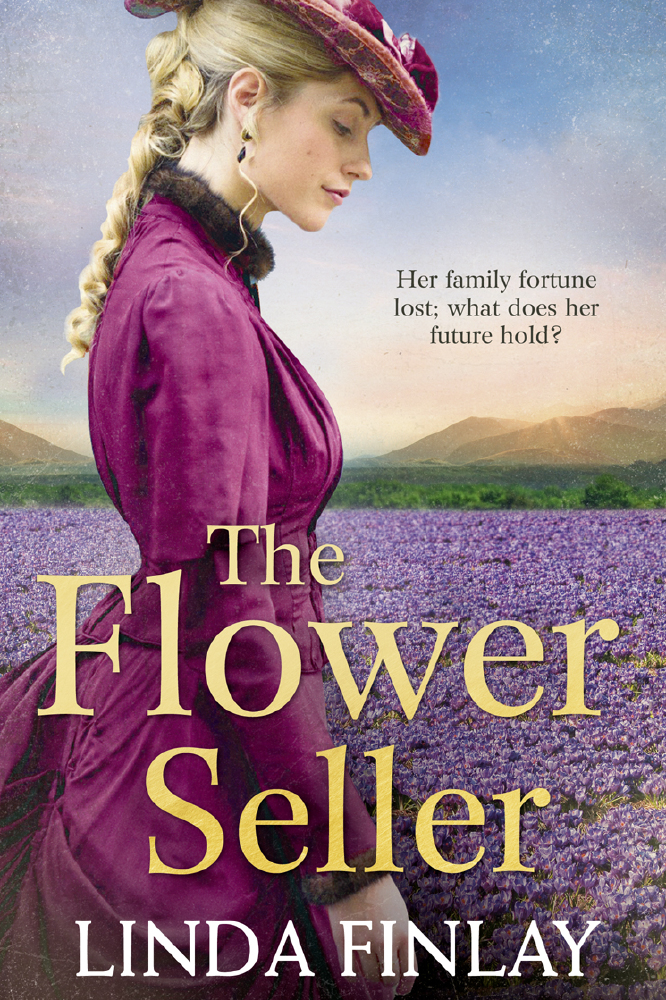Write about what you know they say. Always one to break the rules (and who are they, anyway?) I enjoy writing about what I don’t know, taking my readers on the journey with me.

The Flower Seller
Of course, along with this comes the responsibility of getting the facts right then injecting them into the story without interrupting the flow of the plot. For each of my books I have learned the craft I feature so that I can write with authenticity.
For my latest novel, The Flower Seller it was growing and selling the violets that were so essential to the economy of Dawlish in Victorian times. Here are the key things I learned about this craft:
Type: Violets in Victorian times, i.e. The Princess of Wales and double petalled Parma Violets differ to the strains grown today.
Demand for these violets was greatest in London where ladies adorned their evening gowns and men sported them in their buttonholes. The coming of the railway meant the West Country growers could transport them to London where they received a higher price.
Growing Conditions: Violets need good soil and a mild, moist climate making the conditions of the West Country ideal for growing them.
Propagation: Vital for bringing on the plants for the next season. Tricky to learn if you’re not green fingered!
The Business: The flowers had to be picked, packed and transported the same day. It was the women who posied and packed them, fitting in the work around their large families and homes without the help of any modern conveniences.
Transportation: They were packed in old corset boxes and wrapped in fresh green leaves to keep them moist.
Ionine: A property violets produce which dulls a person’s sense of smell. After handling these flowers for any length of time they appear to have no fragrance at all.
Violets for Medicinal & Culinary Use: These little flowers pack a big punch and were used for salves, syrups and sugars to cure anything from coughs to skin complaints. Violets were also crystallised and used for decorating cakes as well as being turned into jam and tablet.
Perfume: To make a lasting fragrance, Victorians needed to incorporate it with recently discovered synthetic notes to sustain the violet’s capricious aroma.
The Personal Touch: I interviewed many interesting people who were happy to pass on information and stories from their grandparents and great grandparents. Some were hilarious, others eye opening, adding authenticity to the fascinating craft of a bygone era.
Having learned what I didn’t know, I felt confident enough to take my readers on that fascinating journey into the unknown. Whilst gathering the facts, the seeds of my storyline had been germinating, my characters forming. The next step was to blend them together and The Flower Seller, along with the violets I’d been nurturing, finally blossomed.
The Flower Seller by Linda Finlay (HQ, £7.99) is published on 8th March 2018

